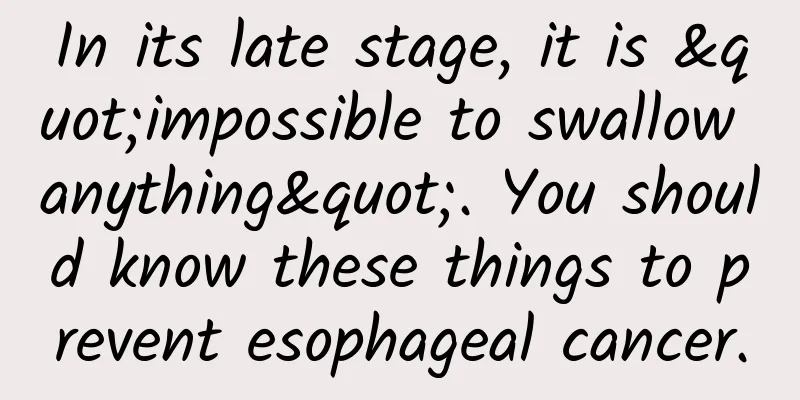What are the dangers of subserosal uterine fibroids?

|
Uterine fibroids are a common disease that is extremely harmful to the female body. For women with subserosal uterine fibroids, active treatment is necessary, otherwise it will have a great impact on the body. Although subserosal uterine fibroids are benign tumors, they still have different symptoms. So what are the dangers of having subserosal uterine fibroids? 01 Symptoms Uterine fibroids are a relatively common disease, and once you have this disease, there will be symptoms of adhesion and inflammation. For patients with subserosal uterine fibroids, they will feel uncomfortable. It is also recommended that patients with uterine fibroids do not eat spicy food. The patient had symptoms of torsion of the subserosal uterine fibroid pedicle, so intestinal adhesions would further develop. Then the patient will have symptoms of intestinal bacterial infection, and the patient's inflamed fibroids will adhere to the uterine appendages. At this time, the patient with submembranous uterine fibroids will develop purulent inflammation. Patients with subserosal uterine fibroids are more uncomfortable and painful. Patients with subserosal uterine fibroids will bleed, and then the pathogenic bacteria in the body will invade the patient's uterine cavity organs, causing gynecological inflammations such as adnexitis and pelvic inflammatory disease. 02 Notes: Patients with subserosal uterine fibroids feel relatively uncomfortable and require active treatment. And the patient should not eat spicy food. The patient had symptoms of torsion of the subserosal uterine fibroid pedicle, so intestinal adhesions would further develop. 03Hazards: Fibroids growing in the lumen of the fallopian tube can cause the fallopian tube that benefits from its surface to stretch and twist, squeezing the lumen and affecting its patency, or displace the ovary, widening the distance between the ovary and the fallopian tube, and hindering the egg-collecting function of the fimbria of the fallopian tube. Uterine fibroids can cause the frequency, amplitude and duration of uterine contractions to be higher than the normal baseline, interfering with the implantation of the ovum or causing miscarriage after implantation. When fibroids are accompanied by uterine periosteal hyperplasia, it means that the ovaries do not ovulate. The fibroids cause uterine bleeding, infection, and blockage of the fallopian tubes, all of which can cause infertility. |
<<: What should I do if I get uterine fibroids after pregnancy?
Recommend
What causes menopausal distress? Self-relief works wonders
Everyone has to face menopause. It is easy to bec...
What should I check before having a second baby?
With the relaxation of the country's two-chil...
Listeria monocytogenes, a hidden health killer in the refrigerator
On a hot summer day, just take out a piece of icy...
What to do if your mouth blisters during breastfeeding
There are many taboos for mothers during breastfe...
Pregnancy test sheet picture
Every time pregnant mothers go to the hospital fo...
What are the dangers of staying up late?
During the menstrual period, women may experience...
What to do if your menstrual period is not clean for 20 days
Irregular menstruation is a common gynecological ...
Hot body at night during early pregnancy
I believe that most female friends know that the ...
Eating these four kinds of dried fruits regularly can make women look good
Anemia is one of the most common diseases among w...
What is peony? What are the meanings of peony flowers?
Peony (scientific name: Paeonia lactiflora Pall.)...
In the hot summer, you should avoid going out during the peak hours to avoid sunburn.
Author: Ge Yongtong Children's Hospital Affil...
How long after giving birth can I brush my teeth?
Many pregnant women may think that their bodies a...
What is the cause of lumps on the breasts?
Breasts are an important part of a woman's bo...
Symptoms of hypoxia in pregnant women
It takes a long ten months for a baby to be born ...









